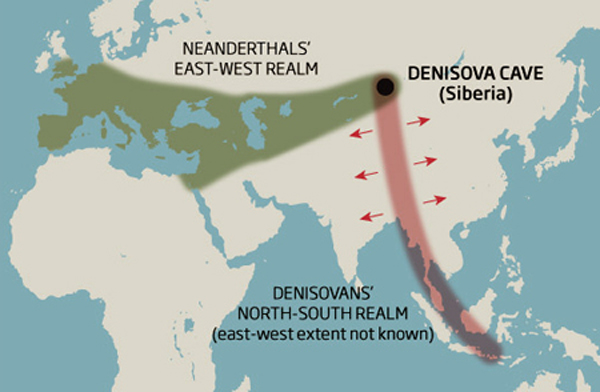What is the Impact of Genes Introduced by Non-Humans?
Genetic evidence demonstrates that early humans (Homo sapiens) mated with Neanderthals (Homo neanderthalensis) and Denisovans (Homo sp.), and these archaic hominins have bestowed us with several genetic gifts and curses. Interbreeding between anatomically modern humans and archaic species created adaptations to new environments that humans had not lived in long enough to adapt through mutation and natural selection. Some of these adaptations are beneficial, including genes that influence brain development, immune system response, and maintaining blood and oxygen levels.
Adaptations to extreme climates, like high altitudes, involve several physical responses described in this video.
Other adaptations, such as genes influencing type 2 diabetes, celiac disease, and lupus are a consequence of ancient interbreeding. Though potentially harmful, these traits were passed on by the successful offspring of human-archaic hybrids. We know these genes were introduced by archaic humans because they are rare or absent in populations from present-day Africa, whose genetic ancestors did not come into contact with Neanderthals or Denisovans.

The range of Neanderthals and Denisovans overlapped with modern humans as they spread out from Africa into Europe and Asia.
By Morgan Rizzi (’22)
